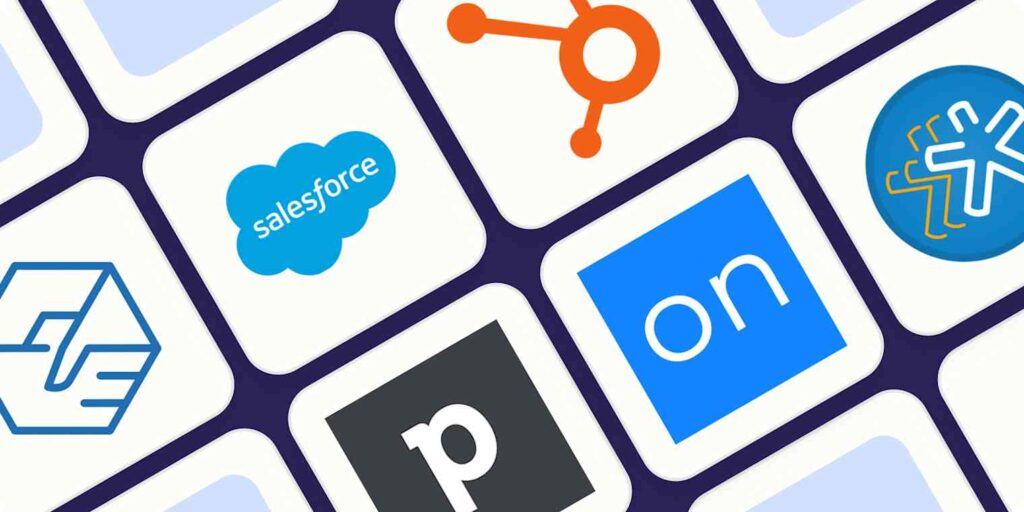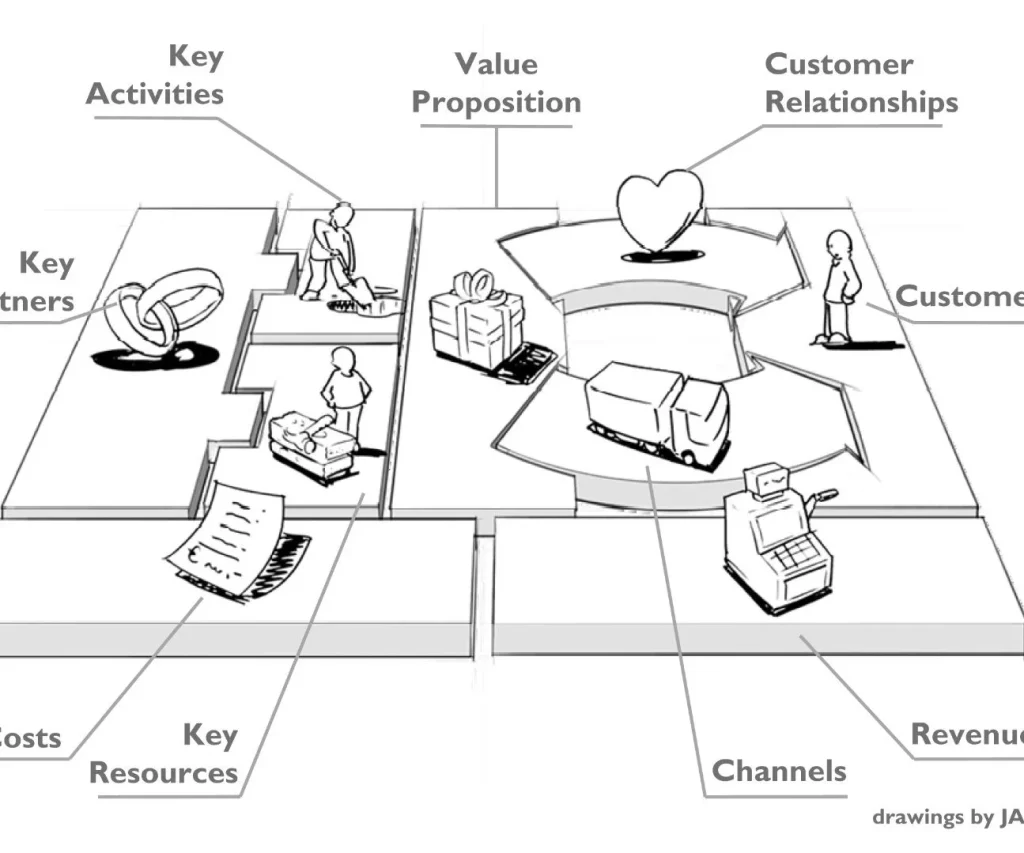Pricing Strategies for Startups: How to Price Smart from Day One
For early-stage startups, pricing isn’t just a number — it’s a strategy. Set it too low and you risk looking cheap or burning cash. Set it too high and you might scare off your first customers.
The truth? Many founders guess their prices, hoping to “figure it out later.” That’s a fast track to inconsistent sales and shaky margins.
Here’s how to think clearly about pricing — and choose a strategy that works for where your startup is now.
1. Anchor to the Problem You’re Solving
Start with this question: What is this worth to your customer?
Not what it costs you to build. Not what competitors charge. But the actual value your product delivers.
If your solution saves someone 10 hours a week or helps them make more money, your pricing should reflect that. This is known as value-based pricing, and it helps you avoid the “race to the bottom.”
Tip: Interview potential users. Ask what they’re currently spending to solve the problem — or what it would cost them if they didn’t.
2. Choose a Clear Pricing Model
Your pricing structure is as important as the price itself. Common startup-friendly models include:
- Flat-rate: One fixed monthly or yearly price. Simple and predictable.
- Tiered pricing: Multiple plans based on features or usage. Great for SaaS.
- Freemium: Basic access is free, with paid upgrades. Good for volume-based growth.
- Pay-as-you-go: Pricing based on actual usage. Works well for tools and APIs.
Pick a model that matches how your customers buy — and how you deliver value.
3. Don’t Ignore Costs (Even If You’re Bootstrapping)
It’s tempting to underprice when you’re trying to gain traction. But if your margins are razor-thin (or negative), you’ll be stuck the moment you try to scale.
Know your cost of goods sold (COGS) — including time, tools, and support — and set prices that keep you sustainable.
If you’re pre-revenue, use pricing simulations to test different break-even points.
4. Test, Adjust, Repeat
Pricing isn’t a one-time decision — it’s an experiment. Use early sales to learn what’s working:
- Which tier is most popular?
- Are people hesitating at checkout?
- Do customers say “it’s too expensive” — or “this is too cheap”?
Small tweaks (like adjusting anchor points or adding a free trial) can make a big difference in conversion.
5. Communicate Value, Not Just Price
If you focus only on price, customers will too. Instead, lead with what they get:
- “Save 5+ hours a week”
- “Double your leads in 30 days”
- “No developer required”
Pricing becomes less of an objection when the value is crystal clear.
Conclusion
Startup pricing isn’t about guessing — it’s about clarity, testing, and delivering value. Start smart, stay flexible, and let your pricing grow with your business.
Want help calculating your break-even price? Use our free Startup Pricing Calculator template to run your numbers today.






